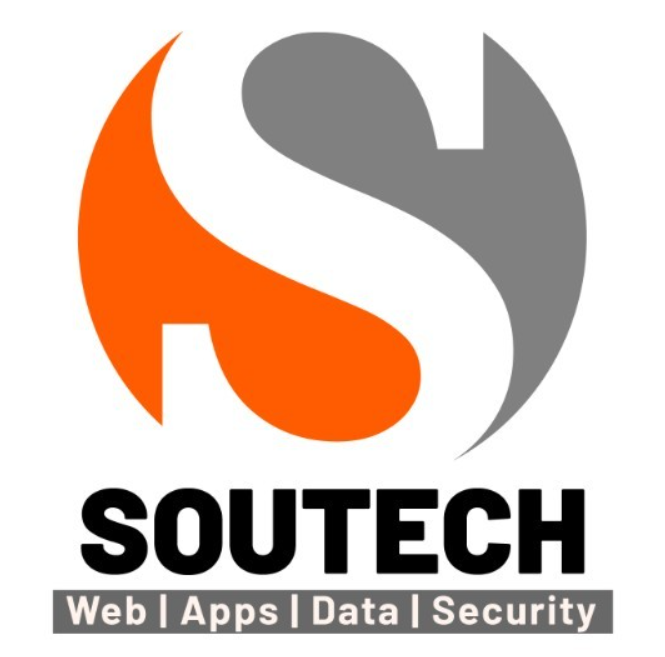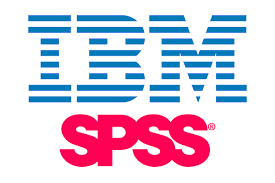- November 29, 2018
- Posted by: SouTech Team
- Category: Blog, Development


The main purpose of the course is to give students a good understanding of data analysis with Power BI. The course includes creating visualizations, the Power BI Service, and the Power BI Mobile App.
You Will Learn How To
- Perform Power BI desktop data transformation
- Describe Power BI desktop modelling
- Create a Power BI desktop visualization
- Implement the Power BI service
- Describe how to connect to Excel data
- Describe how to collaborate with Power BI data
- Connect directly to data stores
- Describe the Power BI developer API
- Describe the Power BI mobile app
Important Course Information
Requirements:
- Before attending this course, students must have:
- Excellent knowledge of relational databases and reporting.
- Some exposure to basic programming constructs (such as looping and branching-optional).
- An awareness of key business priorities such as revenue, profitability, and financial accounting is desirable.
- Familiarity with Microsoft Office applications – particularly Excel

Course Outline
Module 1: Introduction to Self-Service BI Solutions
Introduces business intelligence (BI) and how to self-serve with BI.
Lessons
- Introduction to business intelligence
- Introduction to data analysis
- Introduction to data visualization
- Overview of self-service BI
- Considerations for self-service BI
- Microsoft tools for self-service BI
Lab : Exploring an Enterprise BI solution
- Viewing reports
- Creating a Power BI report
- Creating a Power BI dashboard
After completing this module, students will be able to:
- Describe the trends in BI
- Describe the process of data analysis in Power BI.
- Use the key visualizations in Power BI.
- Describe the rationale for self-service BI.
- Describe considerations for self-service BI.
- Understand how you can use Microsoft products to implement a BI solution.
Module 2: Introducing Power BI
This module introduces Power BI desktop, and explores the features that enable the rapid creation and publication of sophisticated data visualizations.
Lessons
- Power BI
- The Power BI service
Lab : Creating a Power BI dashboard
- Connecting to Power BI data
- Create a Power BI dashboard
After completing this module, students will be able to:
- Develop reports using the Power BI Desktop app.
- Use report items to create dashboards on the Power BI portal.
- Understand the components of the Power BI service including licensing and tenant management.
Module 3: Power BI
At the end of this module students will be able to explain the rationale and advantages of using Power BI.
Lessons
- Using Excel as a data source for Power BI
- The Power BI data model
- Using databases as a data source for Power BI
- The Power BI service
Lab : Importing data into Power BI
- Importing Excel files into Power BI
- Viewing reports from Excel files
After completing this module, students will be able to:
- Describe the data model and know how to optimize data within the model.
- Connect to Excel files and import data
- Take advantage of the features of the Power BI service by using Q&A to ask questions in natural query language, and create content packs and groups.
Module 4: Shaping and Combining Data
With Power BI desktop you can shape and combine data with powerful, built-in tools. This module introduces the tools that are available for preparing your data, and transforming it into a form ready for reporting.
Lessons
- Power BI desktop queries
- Shaping data
- Combining data
Lab : Shaping and combining data
- Shape power BI data
- Combine Power BI data
After completing this module, students will be able to:
- Perform a range of query editing skills in Power BI
- Shape data, using formatting and transformations.
- Combine data together from tables in your dataset.
Module 5: Modeling data
This module describes how to shape and enhance data.
Lessons
- Relationships
- DAX queries
- Calculations and measures
Lab : Modeling Data
- Create relationships
- Calculations
After completing this module, students will be able to:
- Describe relationships between data tables.
- Understand the DAX syntax, and use DAX functions to enhance your dataset.
- Create calculated columns, calculated tables and measures.
Module 6: Interactive Data Visualizations
This module describes how to create and manage interactive data visualizations.
Lessons
- Creating Power BI reports
- Managing a Power BI solution

Lab : Creating a Power BI report
- Connecting to Power BI data
- Building Power BI reports
- Creating a Power BI dashboard
After completing this module, students will be able to:
- Use Power Bi desktop to create interactive data visualizations.
- Manage a power BI solution.
Module 7: Direct Connectivity
This module describes various connectivity options using Power BI.
Lessons
- Cloud data
- Connecting to analysis services
Lab : Direct Connectivity
- Direct connectivity from Power BI desktop
- Direct connectivity from the Power BI service
After completing this module, students will be able to:
- Use Power BI direct connectivity to access data in Azure SQL data warehouse, in addition to big data sources such as Hadoop
- Use Power BI with SQL Server Analysis Services data, including Analysis services modles running in multidimentional mode.

Bonus Module : Introduction To The Developer API
This module describes the developer API within Power BI.
Lessons
- The developer API
- Custom visuals
Lab : Using the developer API
- Using custom visuals
After completing this module, students will be able to:
- Describe the developer API.
- Use the developer API to create custom visuals.
Module 8: Power BI mobile app
This module describes the Power BI mobile app.
Lessons
- Power BI mobile apps
- Using the Power BI mobile app
- Power BI embedded
After completing this module, students will be able to:
- Describe the Power BI mobile app.
- Download and use the Power BI mobile app.
- Describe Power BI embedded and when you would want to use it.
Dont Miss Out
Enroll for the course and hook up with the next batch now >>> Sign Up For Power BI Training in Nigeria
Click to start learning while you earn and grow…




